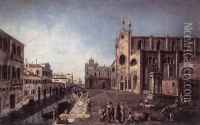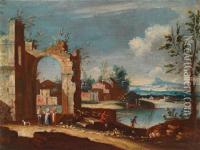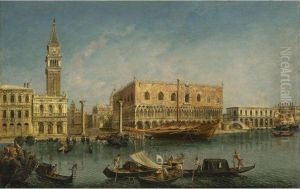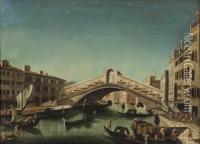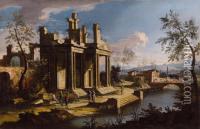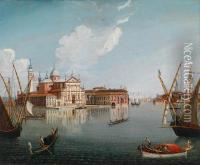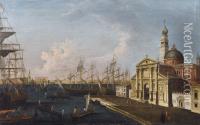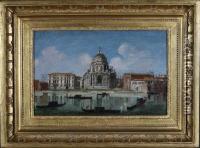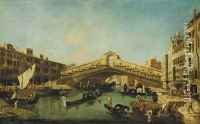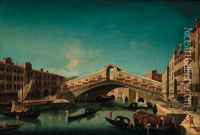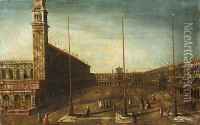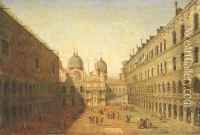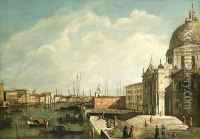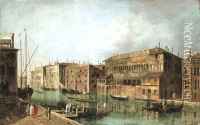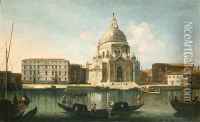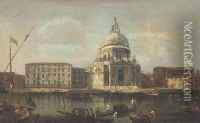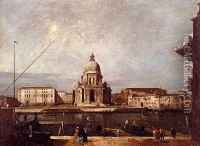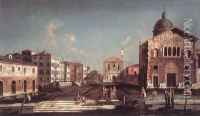Francesco Albotto Paintings
Francesco Albotto was an 18th-century Italian painter, known primarily for his vedute, or detailed landscape paintings that often depicted urban settings. Born in 1721 in Venice, Albotto was a student of the more famous Venetian painter Michele Marieschi, whose influence is evident in his works. Following the premature death of Marieschi in 1743, Albotto continued his master's legacy by adopting his style and themes, often focusing on the cityscapes of Venice with their intricate play of light and water.
Albotto's works are characterized by their attention to atmospheric effects and the delicate rendering of architectural features. He painted views of the Grand Canal, Piazza San Marco, and other iconic locations in Venice, capturing the unique light and ambiance of the city. His paintings are noted for their precise composition and the vivid portrayal of Venice's bustling waterways and elegant buildings.
Despite his relatively short life—he died at the age of 36—Albotto left behind a significant body of work. His paintings were sought after by collectors during his lifetime and have since been appreciated by art historians and enthusiasts for their contribution to the vedute tradition.
Albotto's art also reflects the broader cultural and artistic trends of the time, notably the Grand Tour—a cultural pilgrimage undertaken by wealthy Europeans, and later Americans, to visit the major historical and cultural sites of Europe. His vedute would have appealed to Grand Tour travelers eager to bring home souvenirs of their travels, particularly views of Venice, which was a key stop on the tour.
Francesco Albotto's legacy is somewhat overshadowed by that of his contemporaries, such as Canaletto and Giovanni Paolo Panini, who are more widely recognized today. However, his works continue to be appreciated for their beauty and historical value and can be found in art collections around the world. Albotto died in 1757, leaving behind a legacy that captures the enduring allure of Venice in the 18th century.
